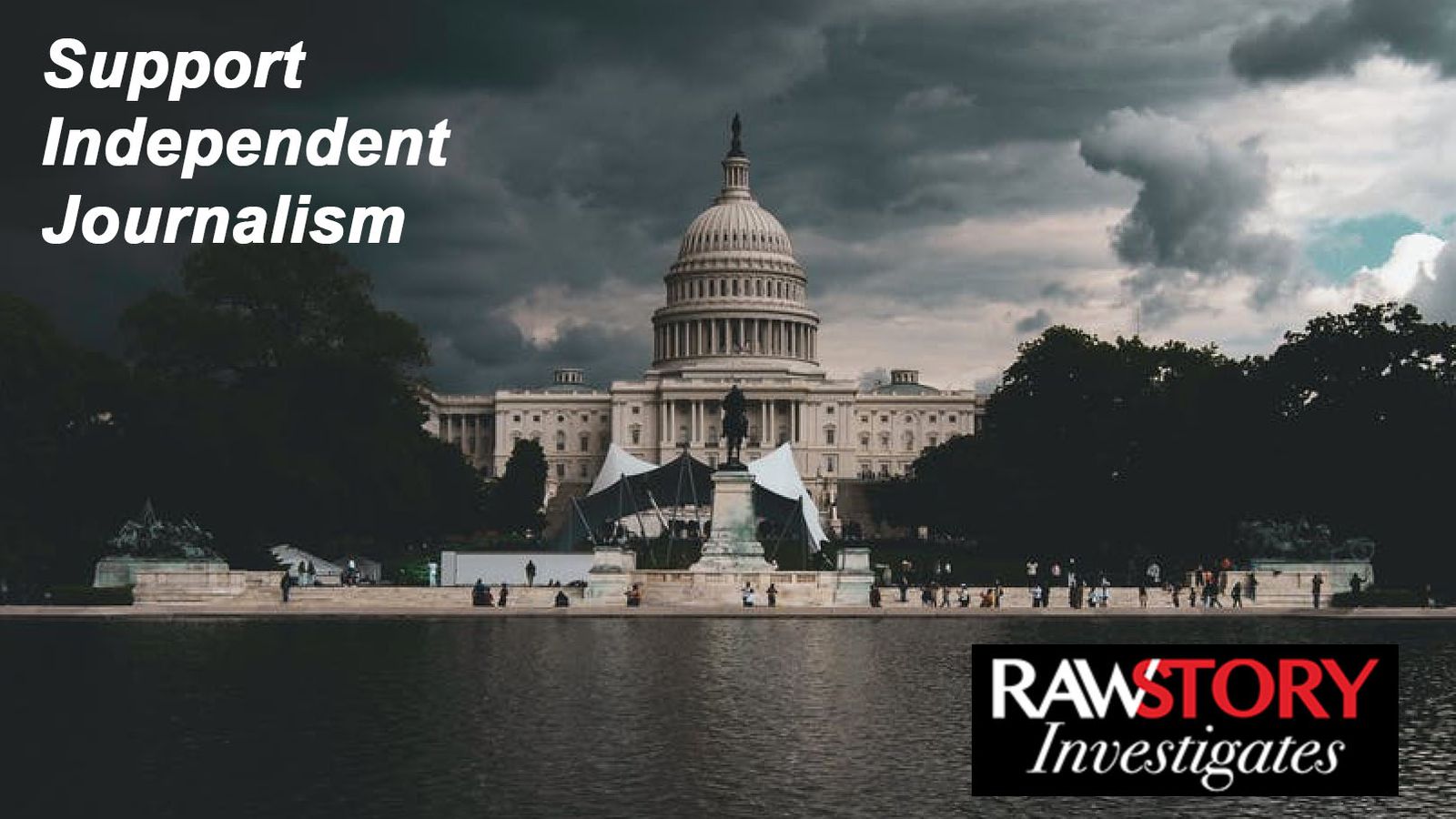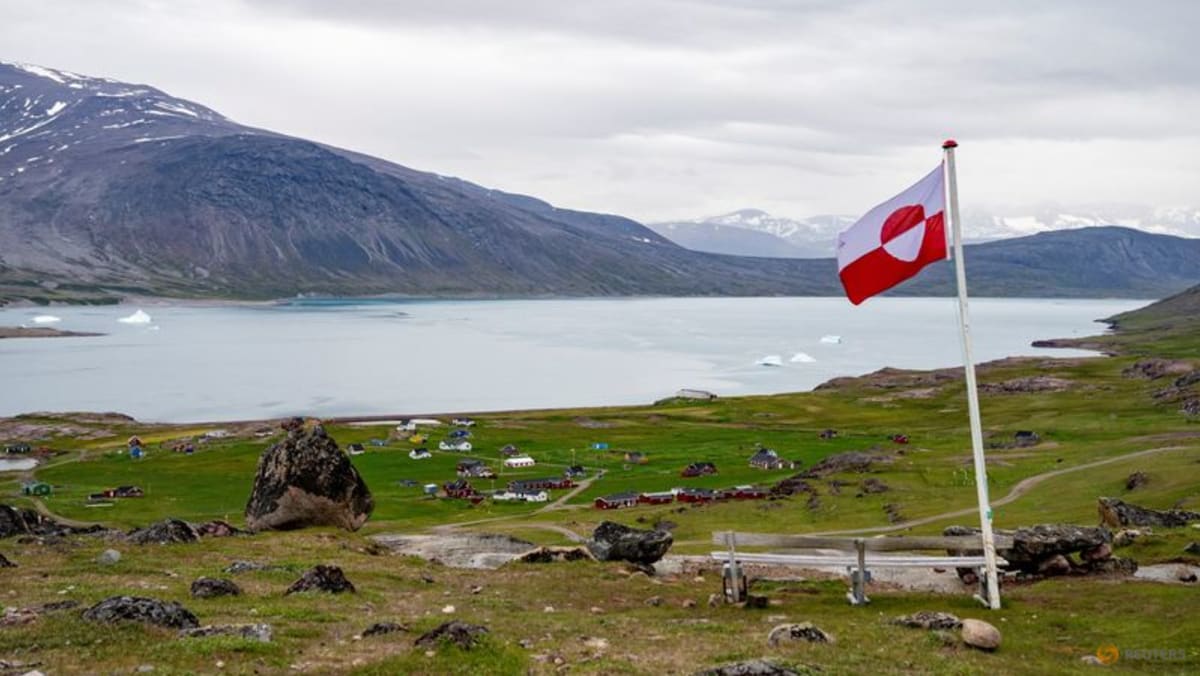Ten months into this war, Israel’s northern border with Lebanon remains a powder keg.
It is being fought over by armies duelling each other with missiles and rockets on a daily basis.
And during a tour of Israel’s deserted north, it was abundantly clear there is growing pressure for escalation on both sides of the border that could tip the region in to a bigger conflict
We drove through one empty town after another. Bar a few trucks, the odd car and military vehicles, there was nothing on the roads.
Some homes seem to have been abandoned in a hurry. Piles of clothes were scattered at the entrance to apartment blocks. Near one, the shrapnel of a downed rocket sat blackened and charred.
The military controls the roads to communities closest to the border and barred us access for a number of days. It was too dangerous we were told.
We were able to reach the kibbutz of Dafna though, just a mile from the border. Of its population of over 1,000, just a few dozen remain. Eyal Dror is one of them.
“It is like a ghost town,” he told Sky News as he drove us through abandoned streets.
He wanted to show us the high school gym. Its roof had a gaping hole caused by a direct hit from a Hezbollah rocket.
“Thank God that there weren’t any children here,” he said.
A few hundred yards away, another grad missile had destroyed an electricity transformer and sprayed a house with shrapnel.
Read more:
80 people killed in Israeli strike on school-turned-shelter in Gaza
Calls for revenge on UK and US after Hezbollah commander strike
Video ‘shows IDF soldiers sexually abusing detainee’
But of most concern to Eyal is the enemy’s menacing presence less than a mile away, watching his community from higher ground; a Lebanese village just over the border.
“The houses there are in Lebanon,” he told us.
“Maybe now there is a sniper standing there, just aiming and watching us.”
About 600,00 Israelis have fled the north in 28 towns and kibbutzes. Many Israelis, Eyal among them, believe they should not have been encouraged to leave.
“I think it’s a huge mistake. I do know that the IDF is striking Hezbollah and the IDF is causing damage. But it is not enough. I do believe that the IDF and the state of Israel should have done much more aggression.”
The fear is the current status quo is normalised so that Israelis will be forced to stay away indefinitely.
In previous conflicts, Israel has imposed security buffer zones outside its borders, in occupied southern Lebanon for instance or the Sinai in Egypt. For the first time, critics say it is accepting their de facto imposition on its own land and that can only project weakness.
But the more pressing fear is one of escalation.
We visited the site of several recent rocket attacks. They are a constant menace – 7,500 rockets have been fired at Israel since 7 October. Any one could precipitate the region into a bigger conflict if there were massive civilian casualties.
And there are fears now of a Hezbollah escalation in the wake of Israel’s assassinations of one senior military commander in Beirut and a Hamas leader in Tehran. Israel is braced for retaliation.
For 10 months, a violent, unstable status quo has somehow held but it could at any point give way to a much wider war.





























Discussion about this post